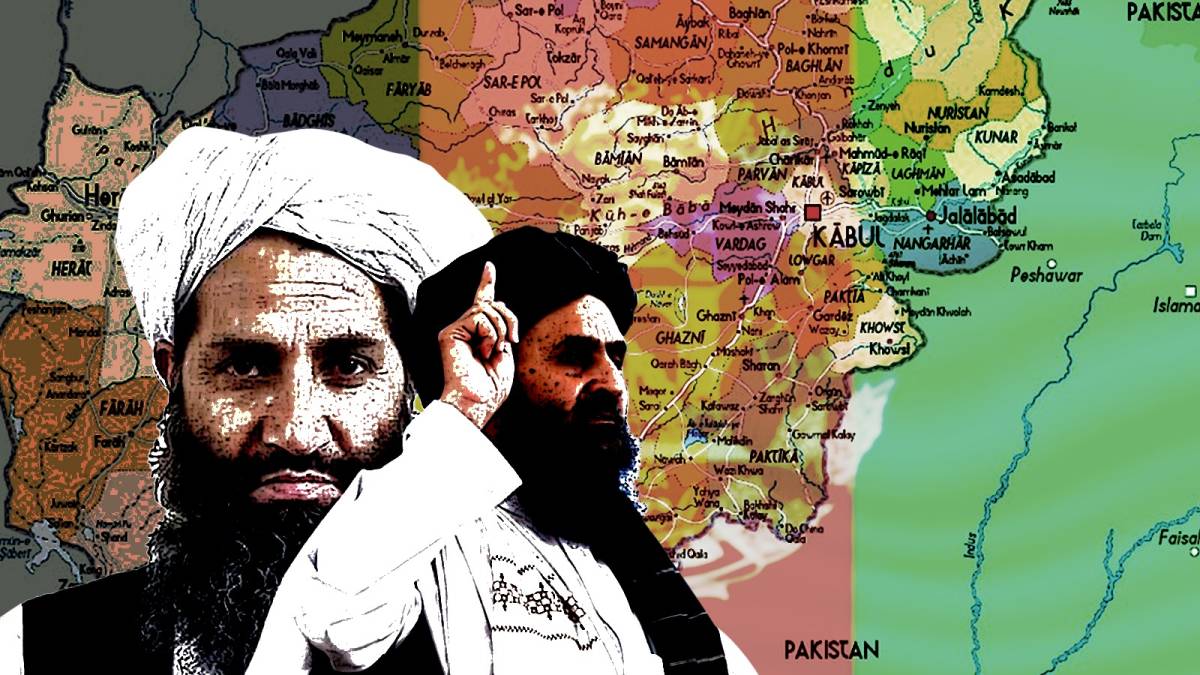In the annals of the Afghanistan War (2001–14), one of the most critical and complex chapters unfolds with the resurgence of the Taliban. The dynamics of this insurgency not only shaped the course of the conflict but also had far-reaching consequences for the region and the world. As we delve into the intricacies of the Taliban’s resurgence, we uncover a tale of resilience, strategic adaptability, and the challenges faced by international forces in their quest for stability in Afghanistan.
The Landscape of Insurgency
The initial phase of the Afghanistan War saw the rapid overthrow of the Taliban regime by U.S.-led coalition forces in response to the 9/11 attacks. However, in the subsequent years, the Taliban regrouped and adapted to new circumstances, gradually gaining strength in rural and border areas. The dynamics of insurgency are rooted in the socio-political landscape of Afghanistan, where tribal affiliations, historical grievances, and a complex web of alliances contribute to the resilience of insurgent groups.
Adaptive Tactics
The Taliban’s resurgence was marked by its adaptive tactics. Recognizing the limitations of conventional warfare against the technologically superior foreign forces, the insurgents embraced guerrilla warfare and asymmetric tactics. Hit-and-run attacks, suicide bombings, and a decentralized organizational structure allowed the Taliban to operate effectively in the rugged terrain of Afghanistan. This adaptability posed a significant challenge to the counterinsurgency efforts of the international coalition.
Support Networks and Safe Havens
The insurgency benefited from support networks and safe havens, both within Afghanistan and across the border in Pakistan. Tribal connections, sympathetic local populations, and porous borders facilitated the movement of fighters and the resupply of resources. The Taliban leveraged these networks to regroup, reorganize, and launch attacks, making it difficult for foreign forces to eradicate the insurgency completely.
Propaganda and Ideological Warfare
Beyond the battlefield, the Taliban waged a war of propaganda and ideological influence. Utilizing media channels and local outreach, they sought to shape public perception and garner support. The narrative of resisting foreign occupation, coupled with the promise of enforcing a strict interpretation of Islamic law, resonated with segments of the population disillusioned with the perceived shortcomings of the Afghan government.
Challenges to Counterinsurgency Efforts
The counterinsurgency efforts faced a myriad of challenges. Civilian casualties resulting from military operations, issues of cultural misunderstanding, and the complexities of engaging with local power structures all played a role in creating a volatile environment. Additionally, the evolving nature of the insurgency required a flexible and adaptive response, testing the strategic acumen of foreign forces.
International Coalition Dynamics
The Afghanistan War was a multinational effort, with troops from NATO and other allied nations contributing to the stabilization mission. However, divergent national interests, varying levels of commitment, and differences in military strategies sometimes hindered the effectiveness of the international coalition. The challenge of coordinating efforts among diverse forces added another layer of complexity to the already intricate situation.
The Drawdown and Unfinished Business
As the conflict persisted, there were shifts in the international community’s approach to the Afghanistan War. The drawdown of foreign forces became a contentious issue, with debates over the timing, strategy, and implications of reducing military presence. The challenges of building a stable and self-reliant Afghan state proved to be daunting, leaving behind a nation grappling with political instability and security concerns.
Legacy of the Taliban Resurgence
The resurgence of the Taliban in the Afghanistan War left a lasting impact on the geopolitical landscape. It highlighted the difficulty of imposing external solutions on complex internal issues and underscored the importance of understanding the intricate dynamics of insurgency. The legacy of this resurgence continues to influence discussions on counterinsurgency strategies, nation-building, and the role of international forces in conflict zones.
In conclusion
The Taliban’s resurgence during the Afghanistan War was a multifaceted phenomenon shaped by adaptive tactics, support networks, and ideological warfare. Understanding the dynamics of this insurgency is essential for comprehending the challenges faced by international forces, the complexities of the Afghan conflict, and the broader implications for future engagements in regions marked by insurgency and instability.




